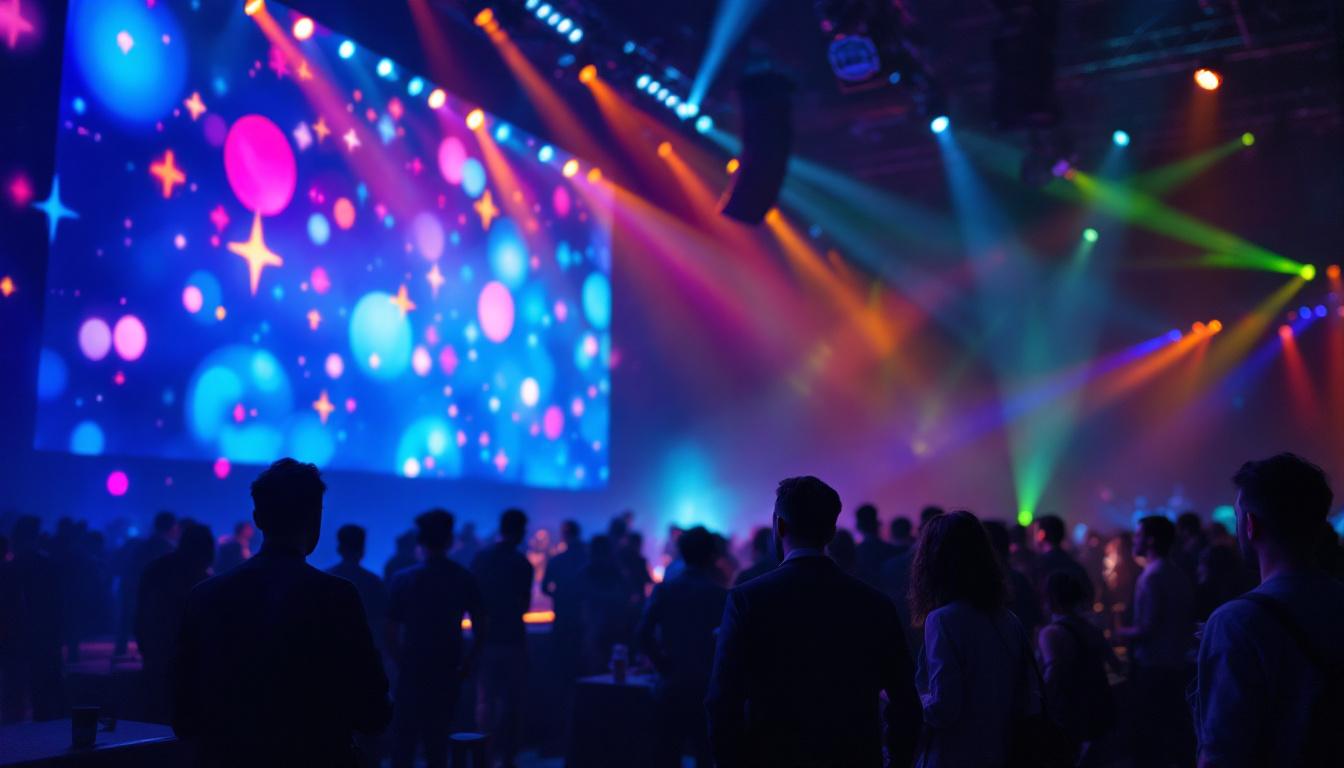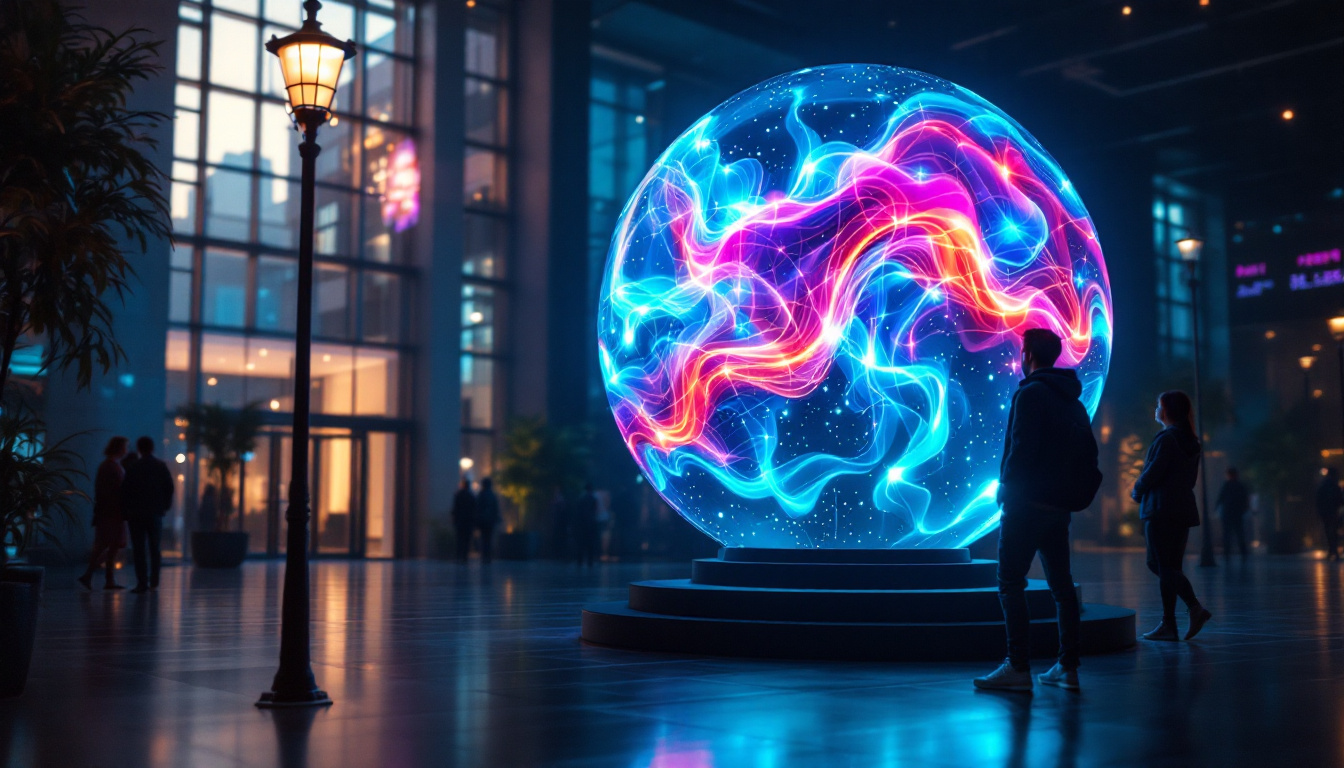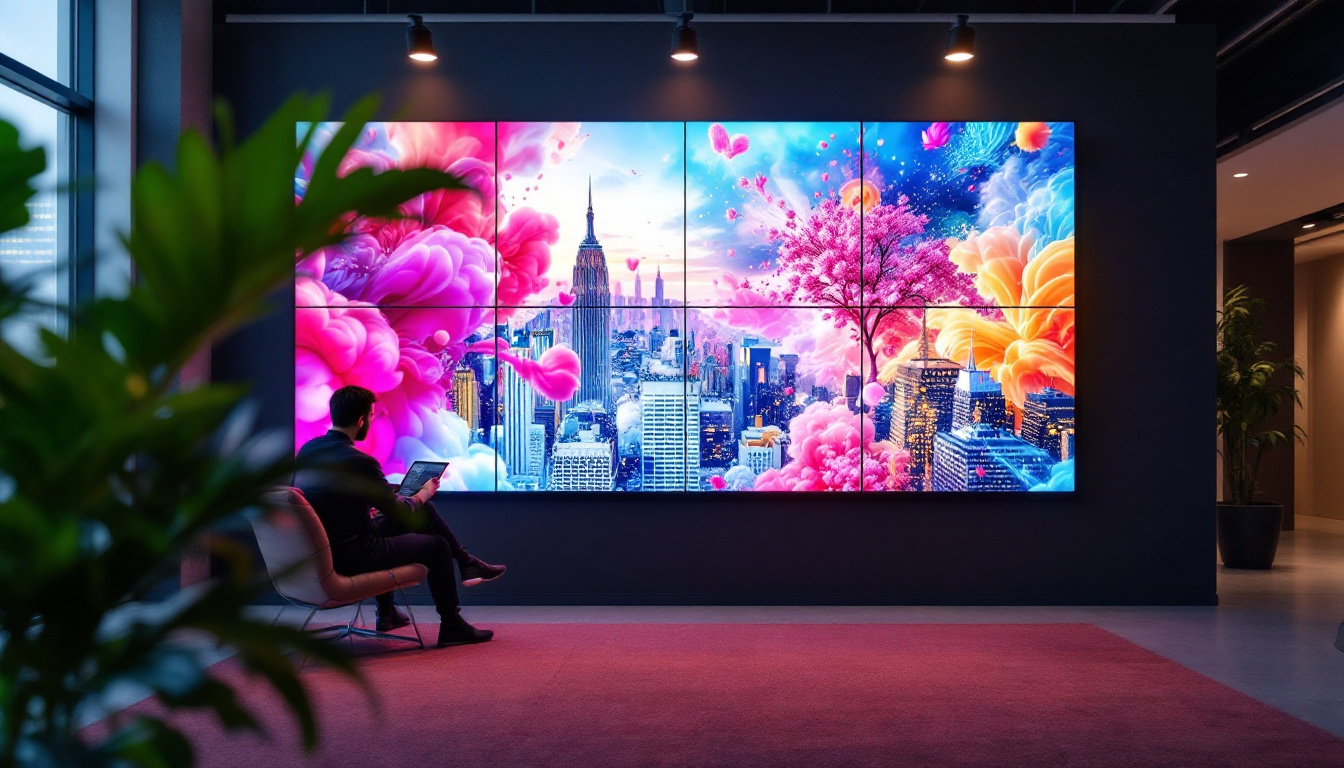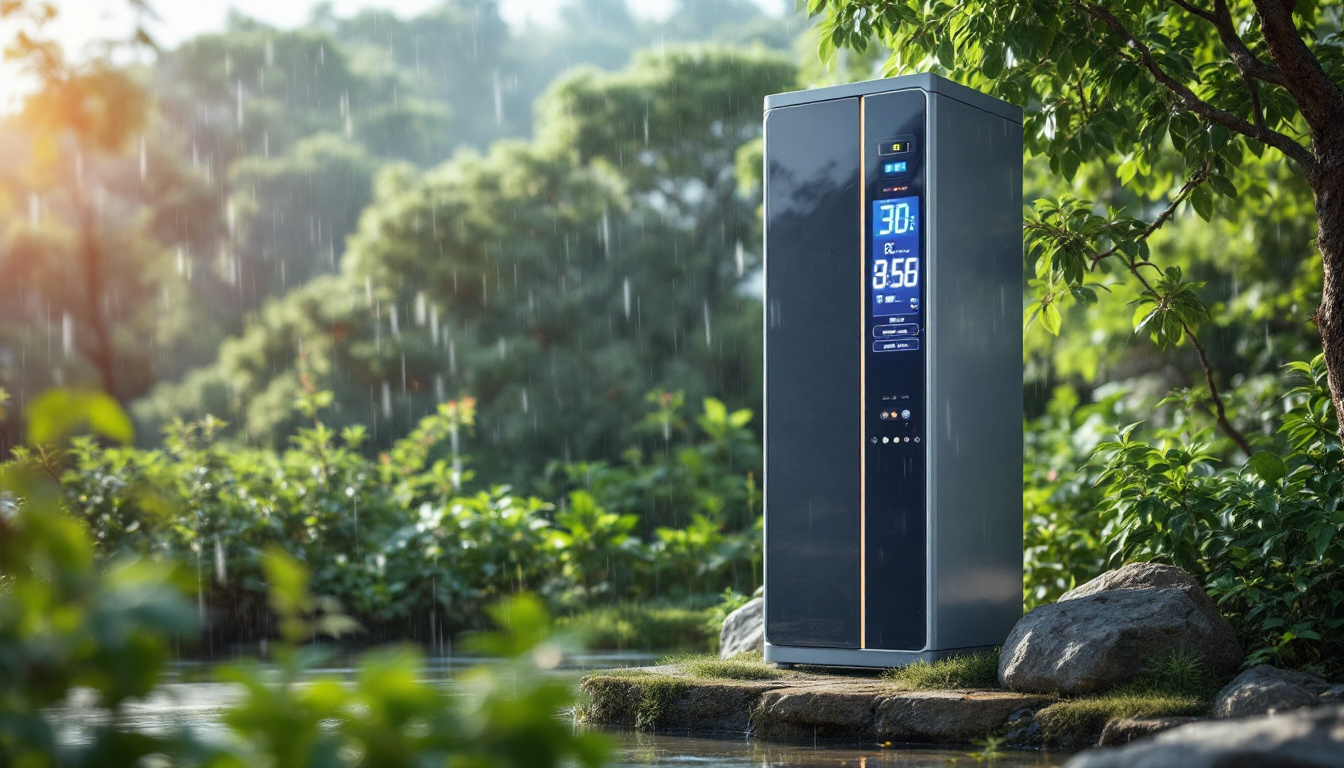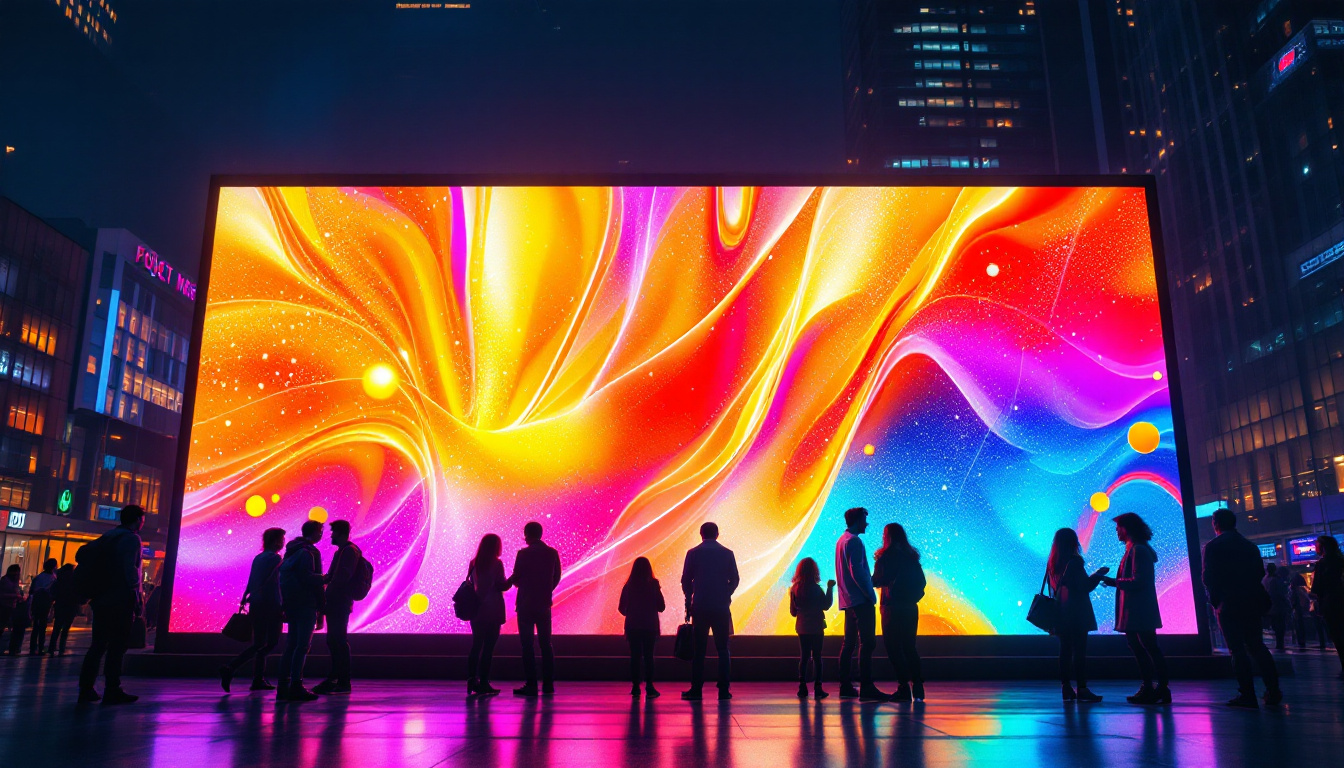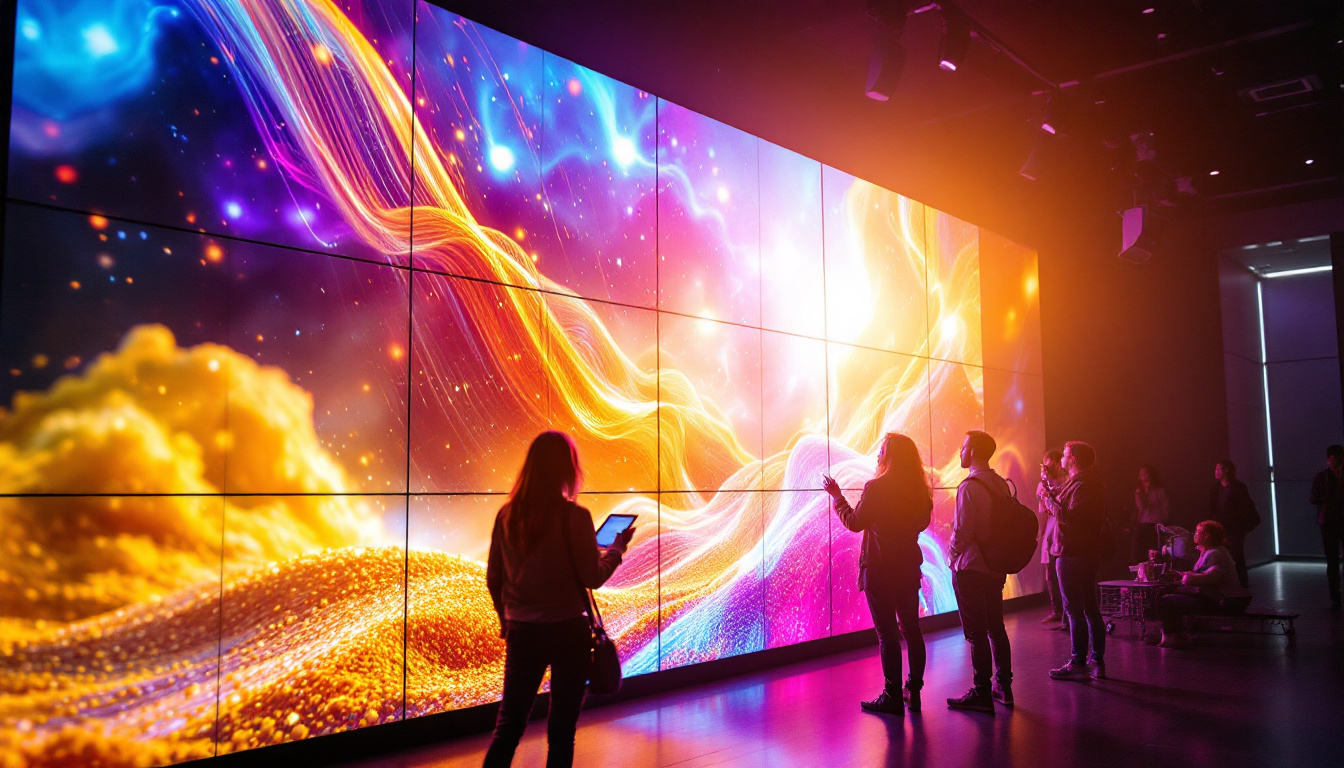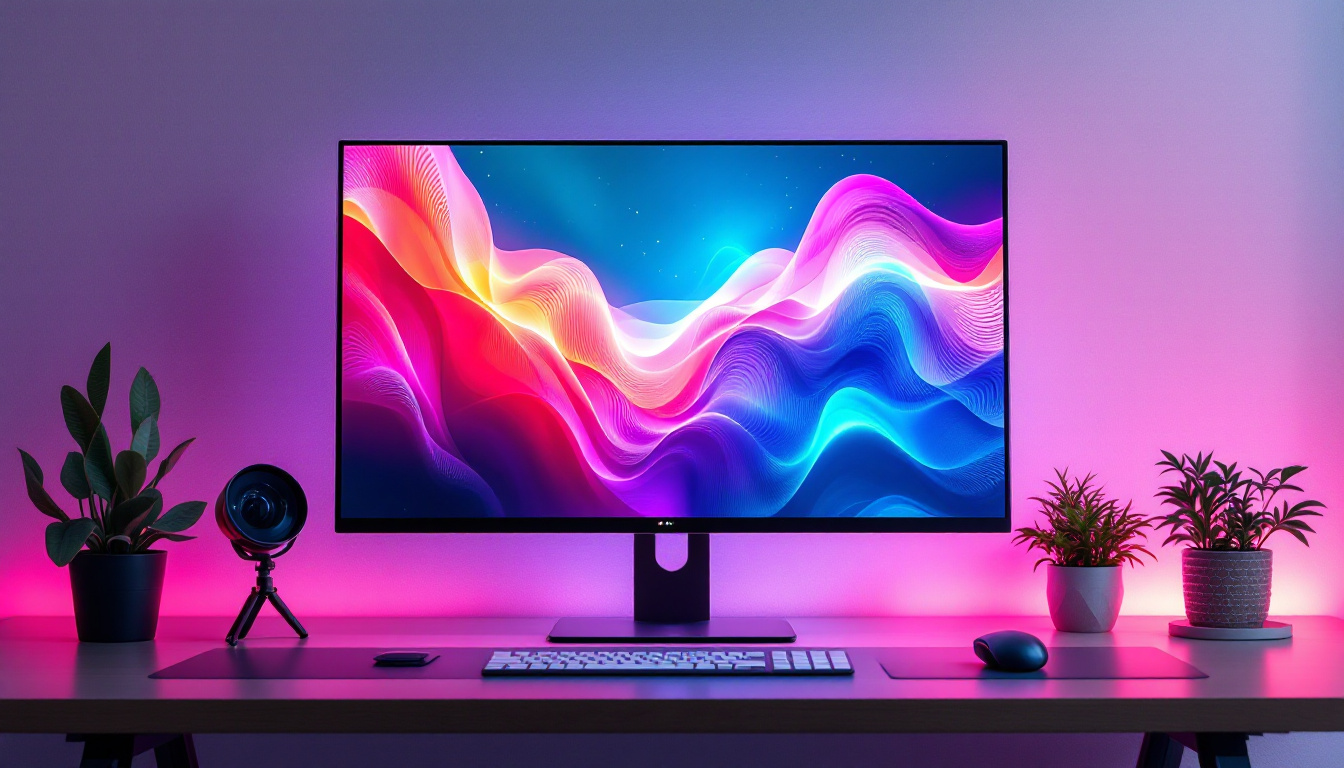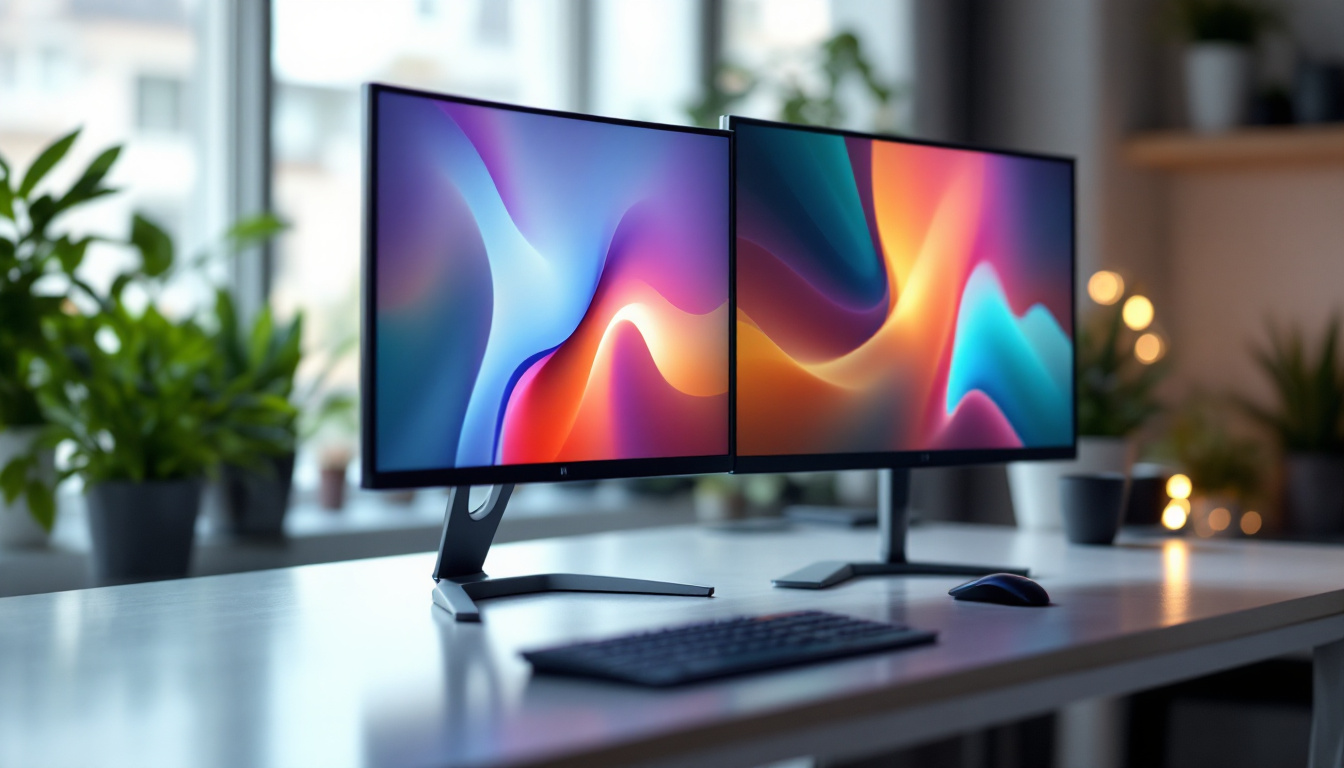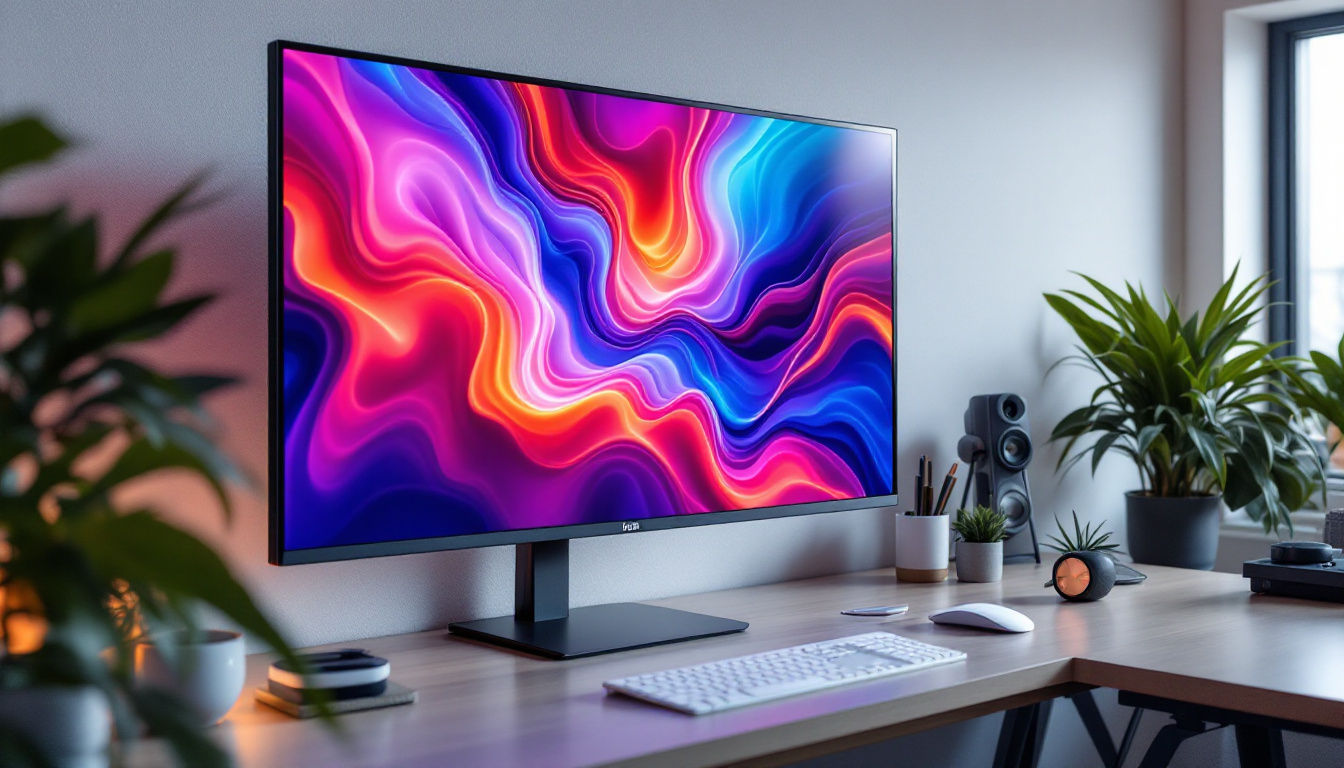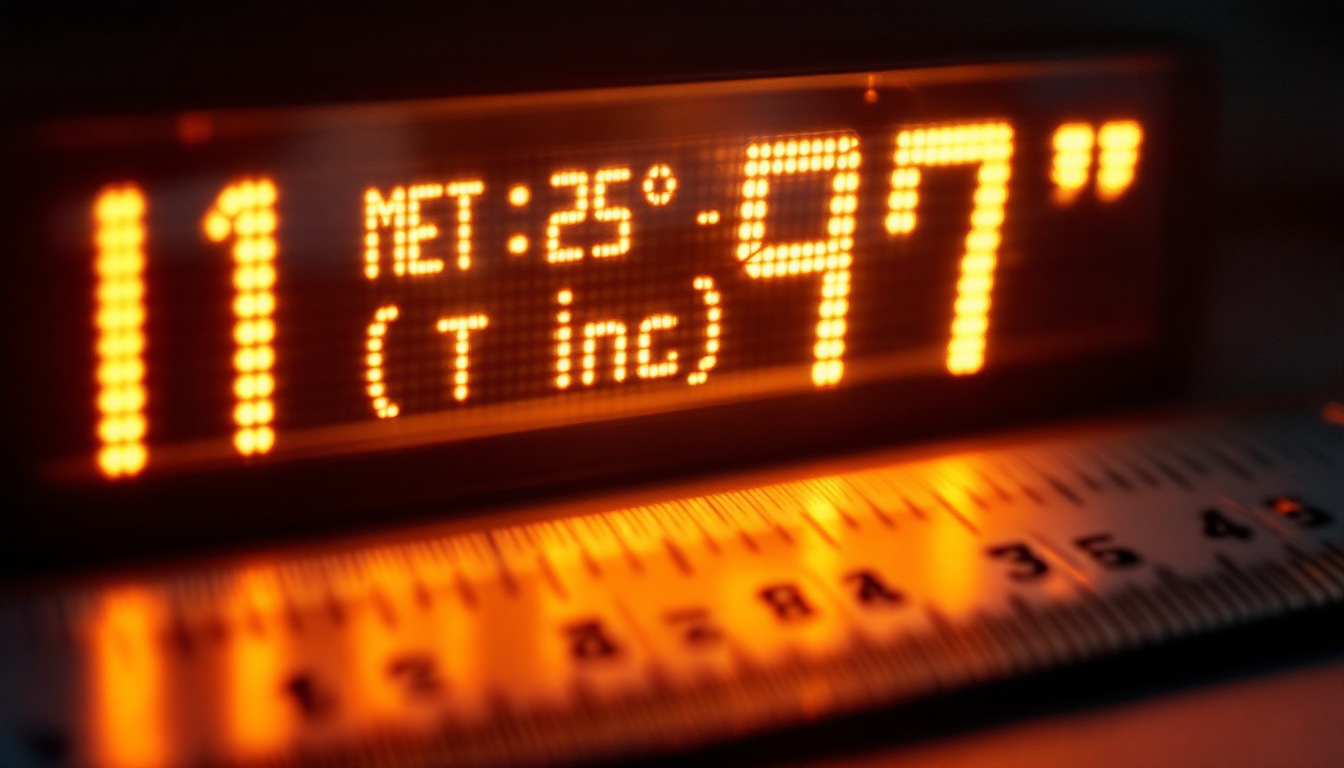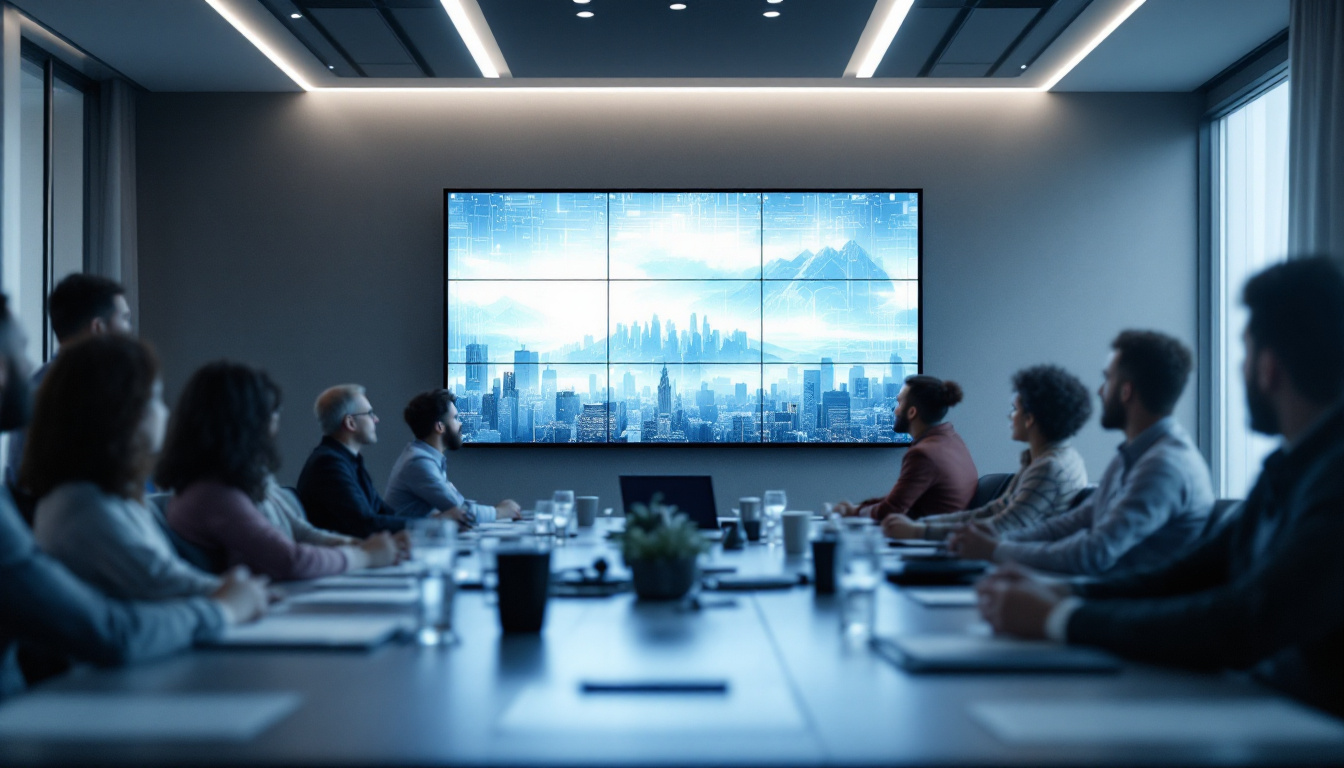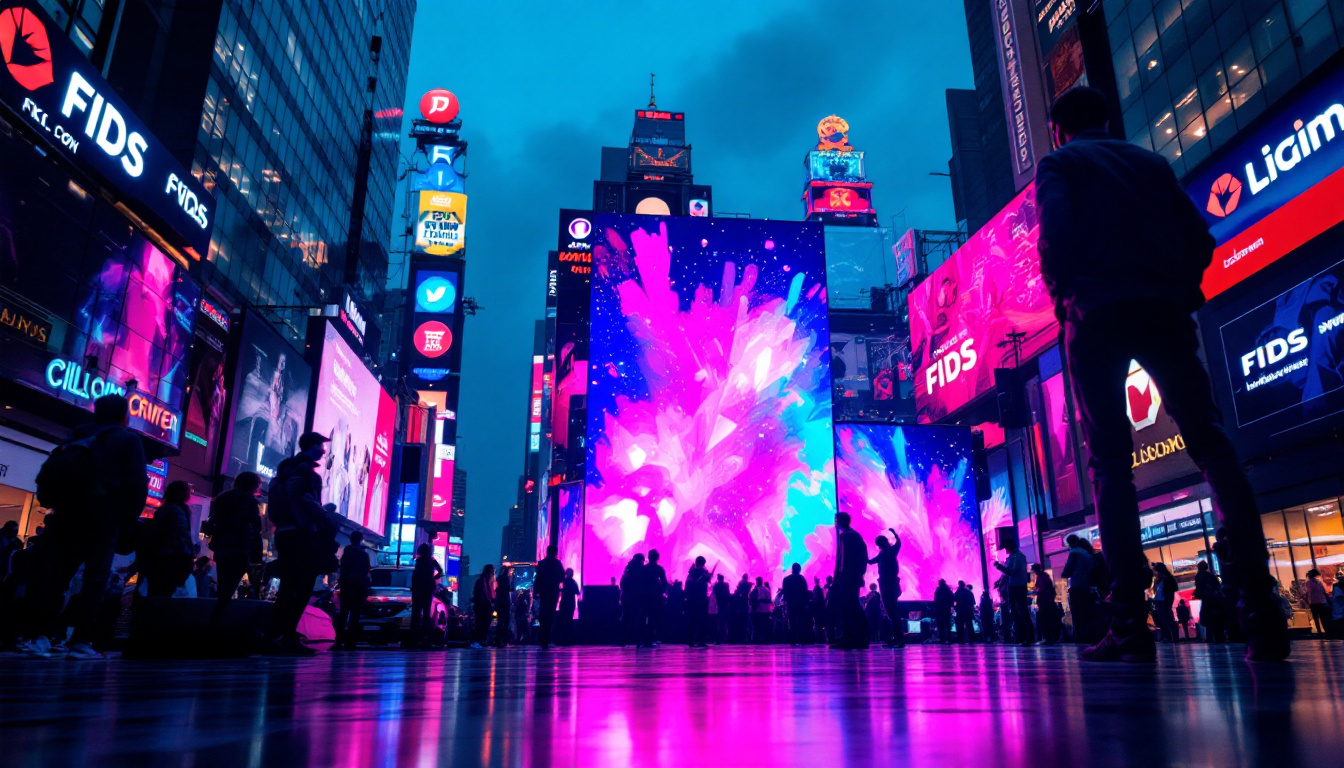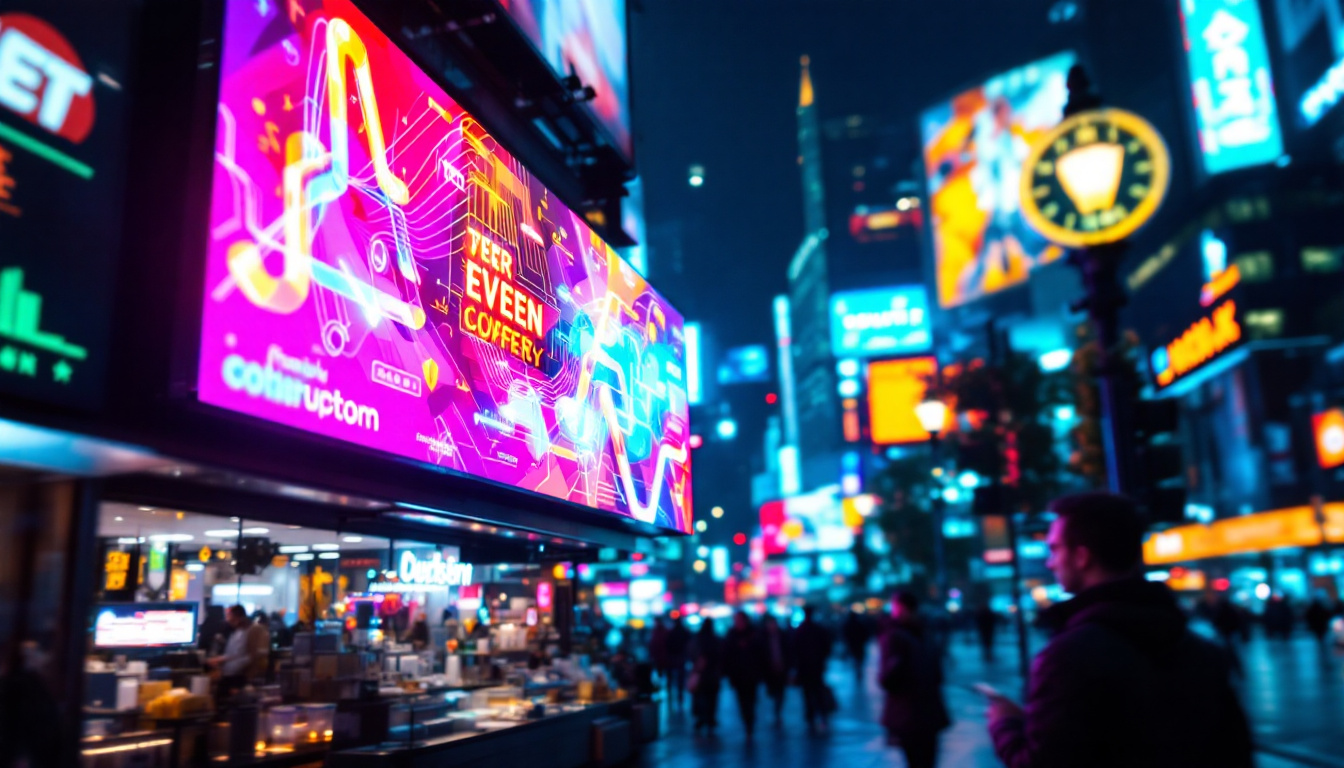In the fast-paced world of live events and touring productions, the seamless integration of technology and logistics is paramount. Among the essential components that ensure a successful show are tour cases and road cases designed specifically for LED displays. These rugged, purpose-built containers protect sensitive equipment during transit and setup, playing a crucial role in the overall production workflow.
This article delves into the intricacies of tour cases and road cases tailored for LED displays, exploring their design, functionality, and the critical role they play in the live event industry. Whether you’re a production manager, rental company, or touring technician, understanding these cases can enhance your operational efficiency and safeguard your investment.
Understanding LED Displays in Live Events
LED displays have revolutionized the live event industry, offering vibrant visuals, high brightness, and flexibility that traditional projection systems cannot match. From concerts and festivals to corporate events and broadcast studios, LED walls are now a staple for delivering immersive visual experiences.
Modern LED panels consist of thousands of tiny diodes that emit light, allowing for dynamic content that can be viewed clearly even in bright daylight. The modular nature of LED displays means they are constructed from multiple panels or tiles, which are assembled on-site to form large-scale screens of varying sizes and shapes.
Given their delicate electronic components and the precision required for perfect image alignment, LED panels demand careful handling and protection during transport. This is where tour cases and road cases become indispensable.
In addition to their robust construction, LED displays are designed with versatility in mind. They can be configured to create stunning visual effects, such as curved screens or intricate shapes, allowing event planners to push the boundaries of creativity. This adaptability is particularly beneficial for themed events, where the visuals need to align with the overall aesthetic. For instance, a music festival might utilize a massive, curved LED wall that mimics the contours of the surrounding landscape, enhancing the audience’s experience and engagement with the performance.
Moreover, the technology behind LED displays continues to evolve, with advancements in pixel pitch and refresh rates leading to even sharper images and smoother video playback. High-resolution LED screens can now display intricate details, making them ideal for close-up viewing at events where attendees are positioned near the stage. As a result, event organizers are increasingly investing in high-quality LED technology to ensure that every visual element—from logos to live feeds—captures the audience’s attention and enhances the overall atmosphere of the event.
What Are Tour Cases and Road Cases?
Definitions and Differences
Tour cases and road cases are specialized shipping containers designed to protect equipment during transportation, particularly in the demanding environments of touring and live events. While the terms are often used interchangeably, subtle distinctions exist:
- Tour Cases: Typically designed for frequent use on tours, these cases prioritize durability, ease of handling, and protection against the rigors of constant loading and unloading.
- Road Cases: A broader category that includes any rugged case used for transporting equipment on the road, often custom-built to meet specific gear requirements.
Both types are constructed from impact-resistant materials such as plywood reinforced with aluminum edges, steel corners, and heavy-duty latches. They often feature foam interiors custom-cut to fit the equipment snugly, preventing movement and absorbing shocks.
Importance in the Live Event Industry
In live events, equipment downtime can be costly and damaging to reputations. Tour and road cases mitigate risks by:
- Protecting sensitive LED panels from physical damage during transit.
- Facilitating efficient loading, unloading, and setup with ergonomic designs and wheels.
- Reducing setup time by allowing quick access and organized storage of components.
- Ensuring compliance with airline and freight regulations for safe shipping.
Without proper cases, LED displays are vulnerable to cracks, pixel failures, and alignment issues that can compromise the entire production.
Key Features of LED Display Tour Cases
Custom Foam Inserts
One of the most critical features of LED display cases is the use of custom-cut foam inserts. Each LED panel has unique dimensions and fragile connectors, so the foam is precision-cut to cradle the panels securely. This minimizes vibration and impact during transport, which can otherwise lead to dead pixels or structural damage.
High-density polyurethane foam is commonly used due to its excellent shock absorption and durability. Some manufacturers also incorporate anti-static foam to protect sensitive electronic components from electrostatic discharge.
Robust Construction Materials
Tour cases for LED displays are typically constructed from high-grade plywood with a laminated surface for water resistance and durability. Aluminum extrusions reinforce the edges, while steel ball corners protect against impacts. The exterior is often finished with a textured laminate or powder coating to resist scratches and wear.
Heavy-duty recessed handles and butterfly latches ensure the cases remain securely closed during transit but are easy to open during setup. Additionally, many cases feature locking mechanisms to prevent unauthorized access.
Mobility and Ergonomics
Given the weight of LED panels and the frequency of movement during tours, cases often include recessed caster wheels and ergonomic handles. This design allows stagehands to maneuver heavy loads with minimal strain, speeding up the loading and unloading process.
Some cases are designed to be stackable, optimizing space in trucks and storage facilities. This feature is crucial when transporting large quantities of panels and accessories.
Types of Tour Cases for LED Displays
Panel Cases
Panel cases are designed to hold individual LED modules or panels. These cases typically feature foam inserts shaped to the exact dimensions of each panel, including cutouts for connectors and cabling. Panel cases are essential for protecting the smallest components and are often used for high-value or delicate panels.
Frame and Rigging Cases
Beyond the LED panels themselves, the supporting frames and rigging hardware require protection. Frame cases are usually larger and built to accommodate metal trusses, clamps, and mounting brackets. These cases prioritize durability and ease of access, as rigging components are often bulky and heavy.
Accessory and Cable Cases
LED displays rely on a range of accessories including power supplies, data distribution units, and cabling. Dedicated accessory cases keep these items organized and protected. Foam inserts or compartmentalized interiors prevent tangling and damage, ensuring that setup crews can quickly locate and deploy necessary components.
Choosing the Right Tour Case for Your LED Display
Assessing Your Equipment Needs
Before selecting tour cases, it’s essential to evaluate the specific requirements of your LED display system. Consider the size, weight, and fragility of your panels and accessories. Custom cases tailored to your exact equipment dimensions offer the best protection but come at a higher cost.
Standardized cases may be more economical but could compromise on fit and protection. Many rental companies and production houses balance cost and protection by investing in modular foam inserts that can be adapted to different panels.
Material and Build Quality
Investing in high-quality cases pays dividends in durability and equipment safety. Cases constructed with marine-grade plywood, reinforced aluminum, and heavy-duty hardware withstand the rigors of touring better than cheaper alternatives. Additionally, consider weather resistance if your tours involve outdoor events in variable climates.
Portability and Handling
Cases with well-designed wheels, handles, and balanced weight distribution reduce physical strain on crew members and speed up logistics. Ergonomics should be a priority, especially for large-scale tours where equipment is moved multiple times daily.
Customization and Branding
Many companies choose to customize their cases with branding elements such as logos and color schemes. This not only aids in quick identification but also enhances professionalism and marketing presence on tour.
Maintaining and Caring for Tour Cases
Regular Inspection and Repairs
Tour cases endure significant wear and tear. Regular inspections for damage to latches, wheels, foam inserts, and structural components are vital. Prompt repairs prevent minor issues from escalating into equipment damage risks.
Cleaning and Storage
Keeping cases clean extends their lifespan. Wiping down exteriors, vacuuming foam interiors, and storing cases in dry, temperature-controlled environments prevent deterioration. Avoid stacking cases unevenly to prevent warping or crushing.
Upgrading Foam Inserts
As LED technology evolves, panel sizes and shapes may change. Investing in replaceable or modular foam inserts allows cases to adapt to new equipment without requiring a complete case replacement.
Industry Trends and Innovations
Lightweight Materials
Recent advancements include the use of composite materials and carbon fiber reinforcements to reduce case weight without sacrificing durability. Lighter cases ease transportation and reduce shipping costs, a significant benefit for international tours.
Smart Cases with Tracking
Integration of GPS tracking and RFID tags into tour cases enhances inventory management and security. Production companies can monitor case locations in real-time, reducing losses and improving logistics coordination.
Modular and Multi-Purpose Designs
Manufacturers are developing cases that can be reconfigured for different equipment types, maximizing utility and reducing the number of cases needed on tour. This modularity supports the growing trend of multi-use LED panels and hybrid setups.
Conclusion
Tour cases and road cases are fundamental to the protection and efficient handling of LED displays in the live event industry. Their design and quality directly impact the safety of expensive equipment, the speed of event setup, and the overall success of productions.
Choosing the right cases involves understanding the unique demands of your LED display system, prioritizing durability, ergonomics, and customization. With ongoing innovations in materials and technology, the future of LED display transport promises even greater efficiency and protection.
For professionals invested in live events, investing in high-quality tour cases is not just about safeguarding gear—it’s about ensuring every show goes off without a hitch.
Discover LumenMatrix’s Advanced LED Display Solutions
Ready to elevate your live events with the most advanced LED display technology on the market? LumenMatrix offers a comprehensive range of LED display solutions, from Indoor and Outdoor LED Walls to innovative Transparent Displays and everything in between. Our mission is to transform your visual storytelling with displays that captivate and engage. Don’t let the logistics of transportation overshadow the brilliance of your production. Protect your investment and ensure a flawless show with LumenMatrix’s cutting-edge displays, designed for impact and clarity. Check out LumenMatrix LED Display Solutions today and bring your events to life like never before.

